Forget their origins and what they stand for; every day, we see symbols whose meanings we don’t even understand. There are so many interesting stories behind these familiar icons that impact our everyday lives, and here are a few of these that are most interesting to learn about.
Yin-Yang

The Yin-Yang symbol comes from ancient Chinese philosophy and shows how opposites are connected. Thought Co writes, “The meaning of yin and yang is that the universe is governed by a cosmic duality, sets of two opposing and complementing principles.” It highlights how light and dark, or male and female, depend on each other.
Peace Sign
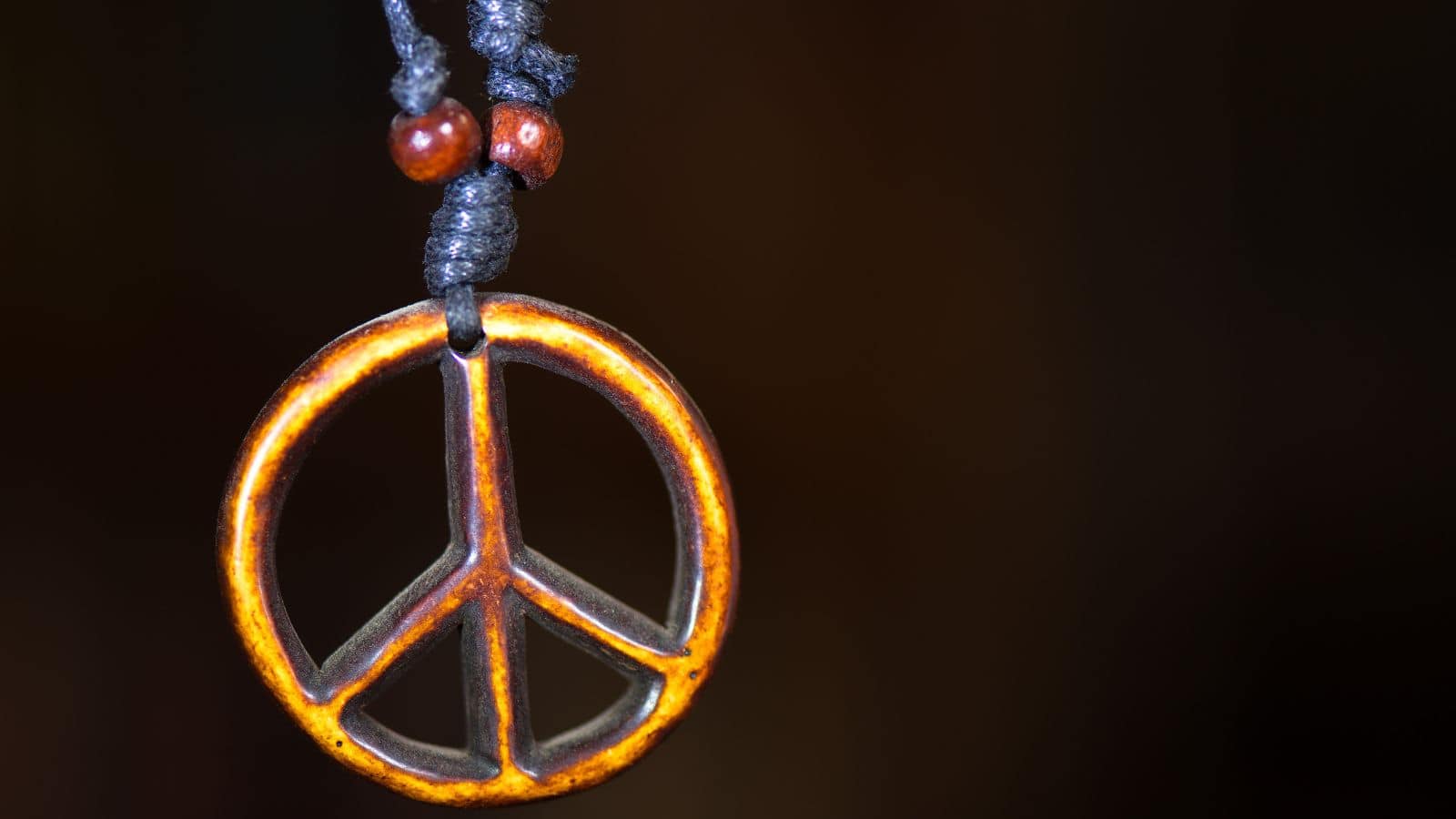
Younger readers may not know that the peace sign, made in 1958, was for the British anti-nuclear movement. It uses semaphore signals for ‘N’ and ‘D’ and is now recognized as a global peace symbol seen in protests, art, and fashion, promoting non-violence and harmony.
Om

Om is a sacred sound in Hinduism, Buddhism, and Jainism that symbolizes the universe. Chanting ‘Om’ is thought to align your energy with the cosmos, helping to bring inner peace and enlightenment. It’s a key part of meditation and religious activities in these traditions.
Heart Symbol

We’ve all seen the heart symbol everywhere and have probably even drawn it ourselves. However, you may not know that the symbol dates back to ancient times. It became linked to romance in the medieval era and is now commonly seen in art, literature, and even our notebooks back in school.
Infinity Symbol
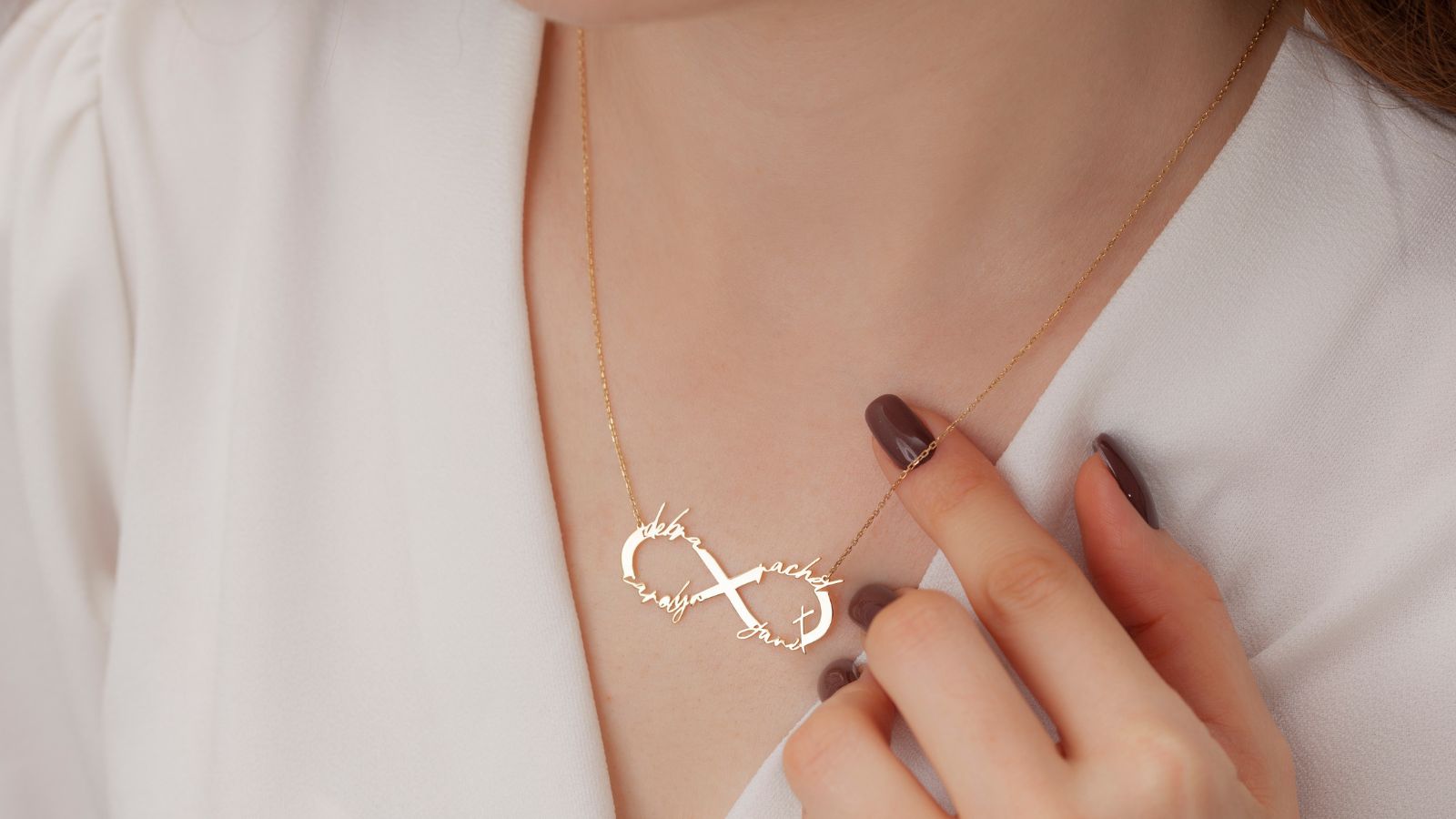
You’re probably already aware that the infinity symbol looks like a sideways figure eight and stands for endlessness and forever. Introduced by mathematician John Wallis in the 1600s, it now symbolizes unlimited possibilities and eternal love. You often see it in jewelry and tattoos, representing something that lasts forever.
Recycle Symbol
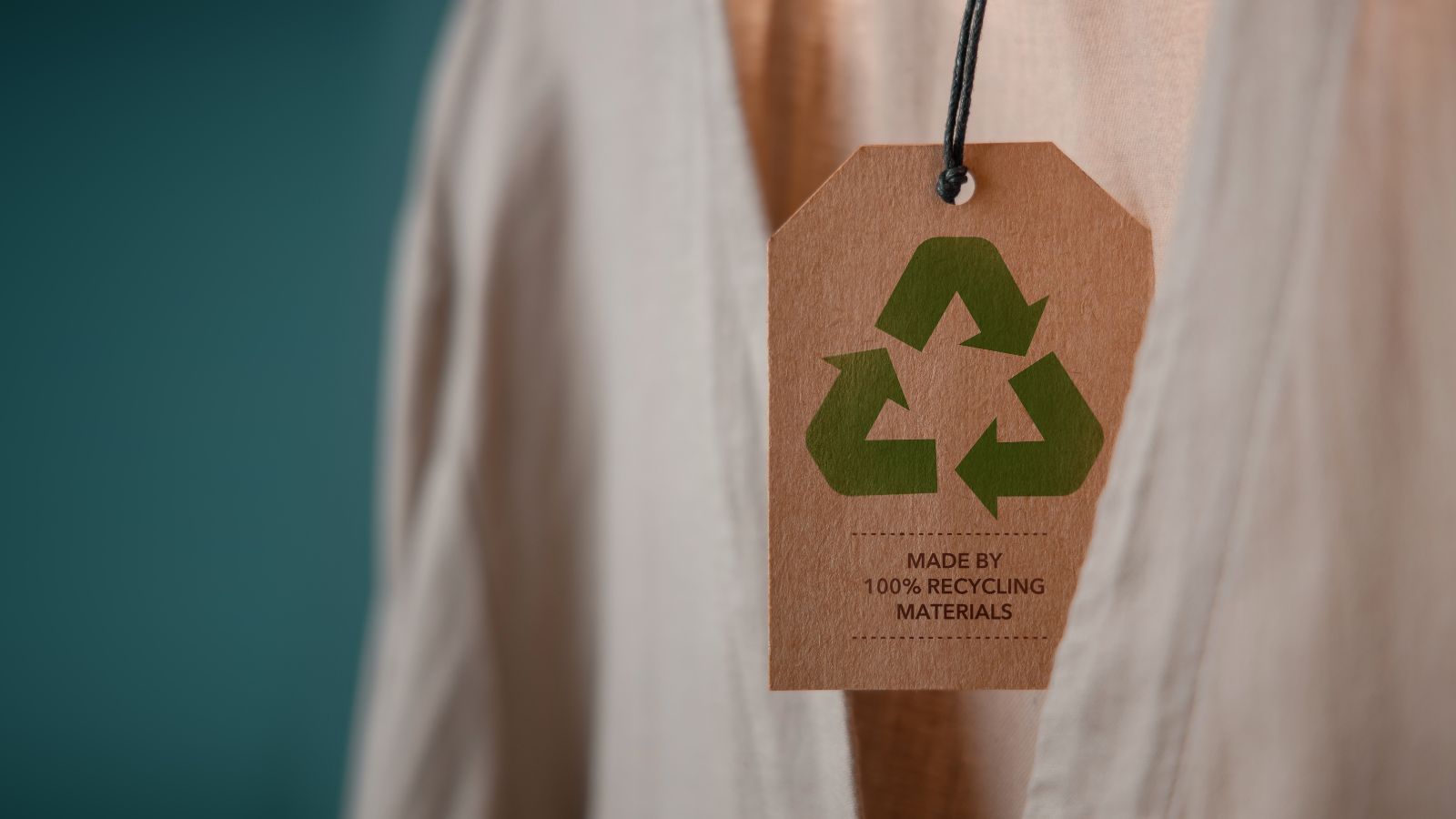
Now commonly found on food packaging, the recycle symbol, which is made of three arrows forming a triangle, was created in 1970 for the first Earth Day. Each arrow stands for a step in recycling: collecting, reprocessing, and remanufacturing. It represents being eco-friendly and caring for the environment.
Bluetooth Logo
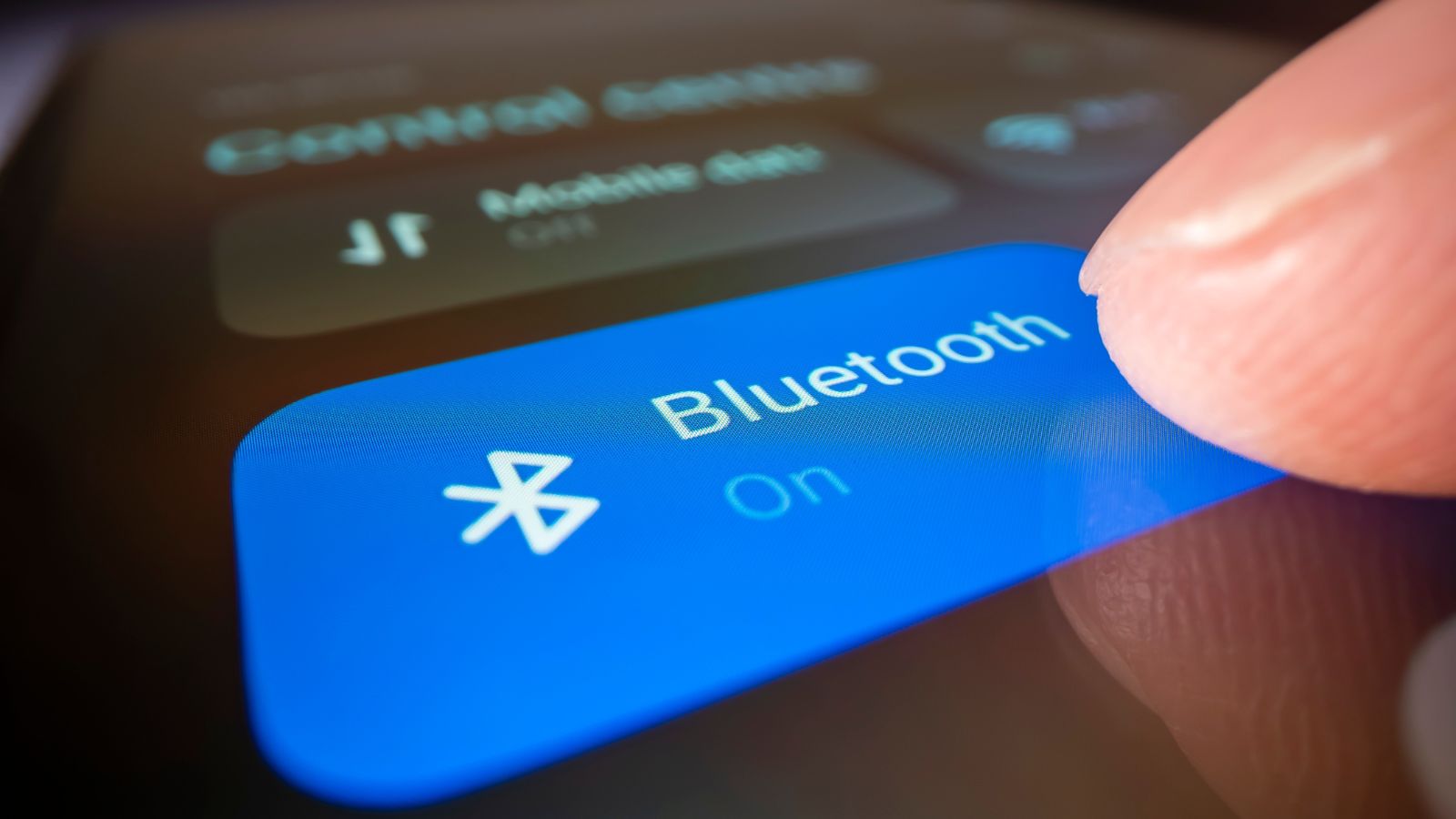
You’d be surprised to learn that the Bluetooth logo is made from the initials of Harald ‘Bluetooth’ Gormsson, a 10th-century Scandinavian king who united Denmark and Norway. Just like Harald connected these countries, Bluetooth technology connects devices. This symbol is a cool blend of history and modern tech connecting us today.
Medical Symbol (Rod of Asclepius)
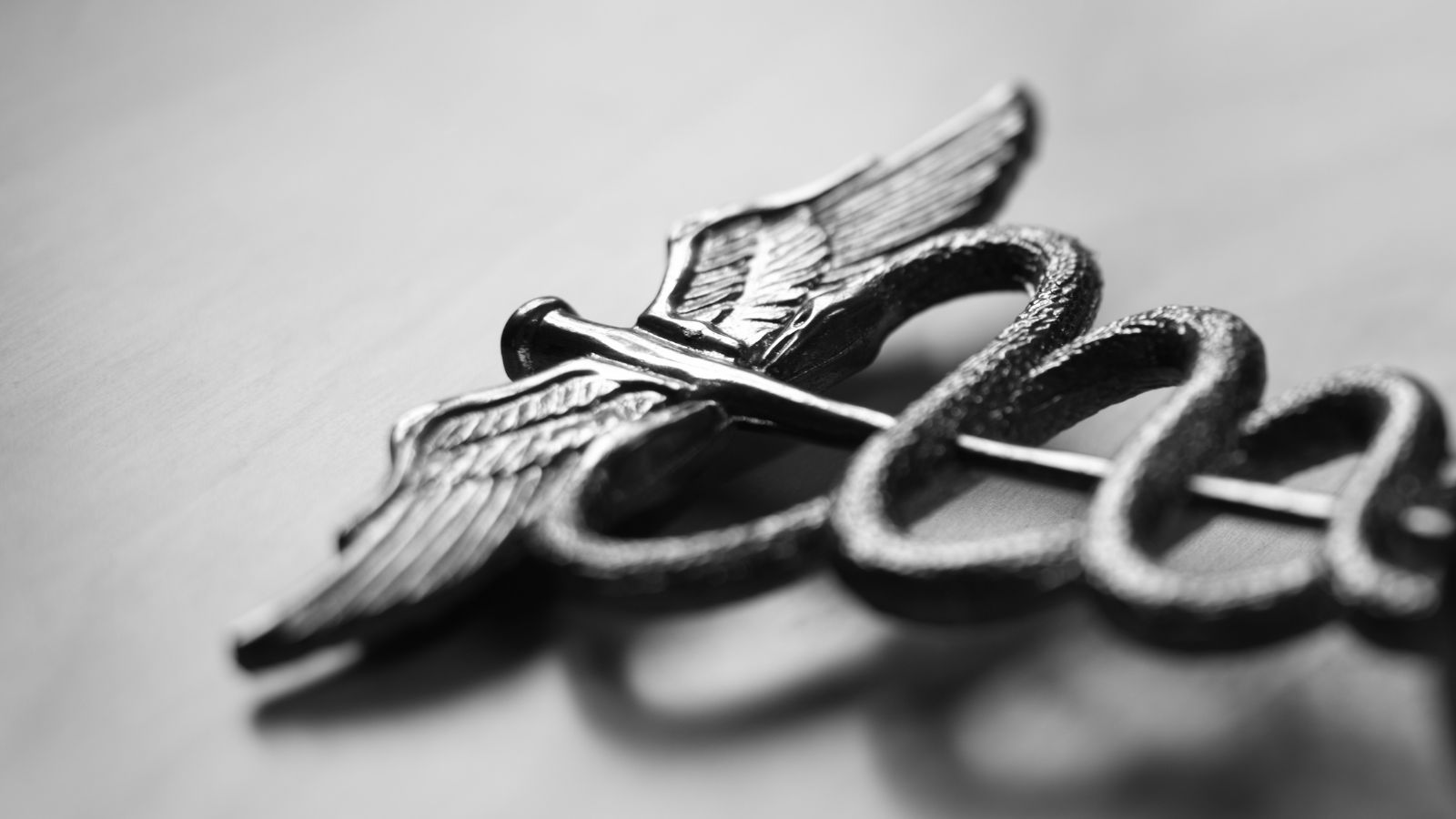
The Rod of Asclepius, a stick with a snake wrapped around it, represents medicine and healthcare. Named after Asclepius, the Greek god of healing, it stands for renewal and the medical field’s dedication to care. It’s a common, universal symbol used by medical groups everywhere.
Power Button
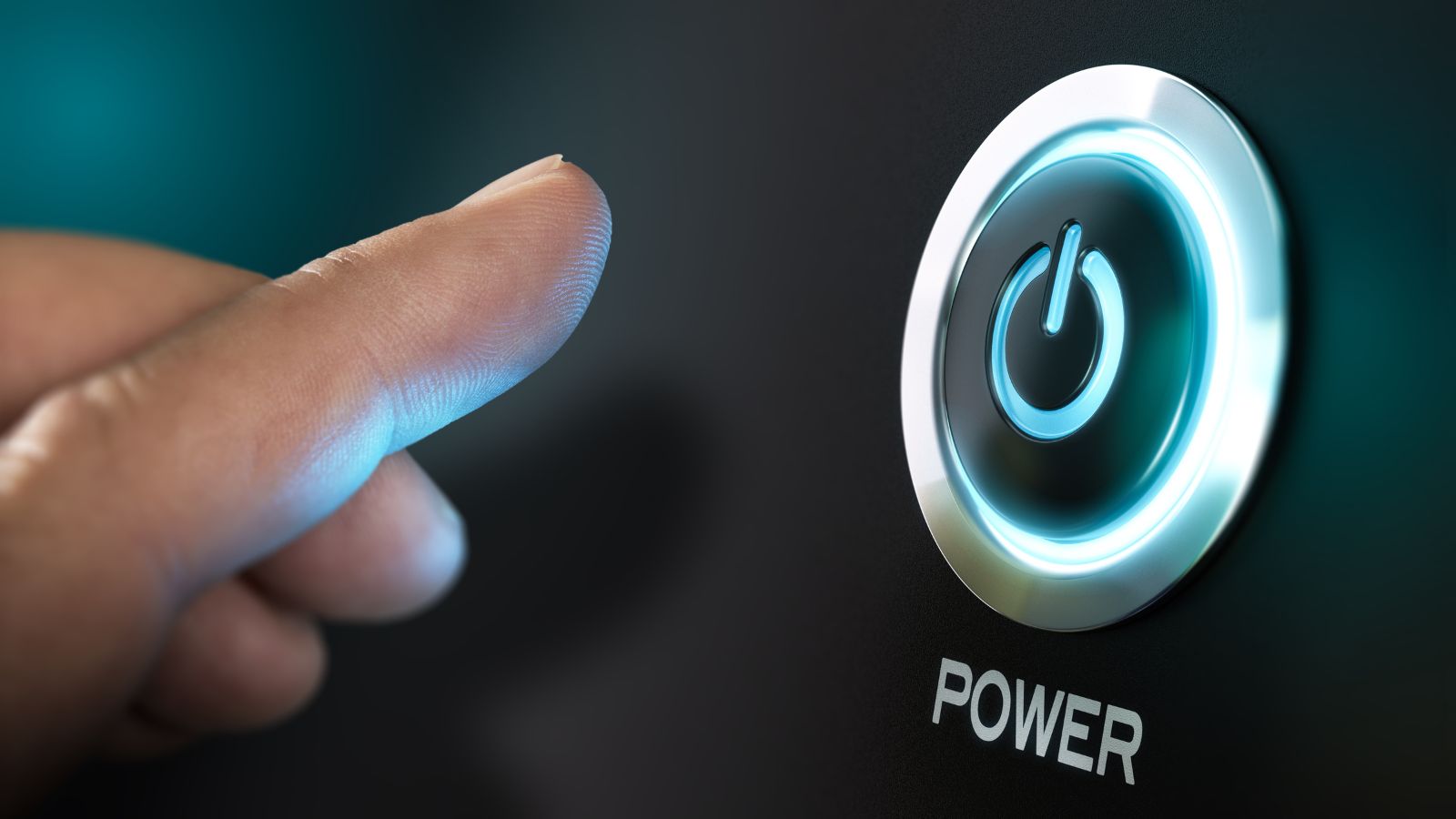
Another interesting fact is that the power button symbol, a circle with a line through it, comes from binary code. The circle means off (0), and the line means on (1). This design was standardized in the 1970s and is now a universal icon for switching electronic devices on or off.
Wi-Fi Symbol
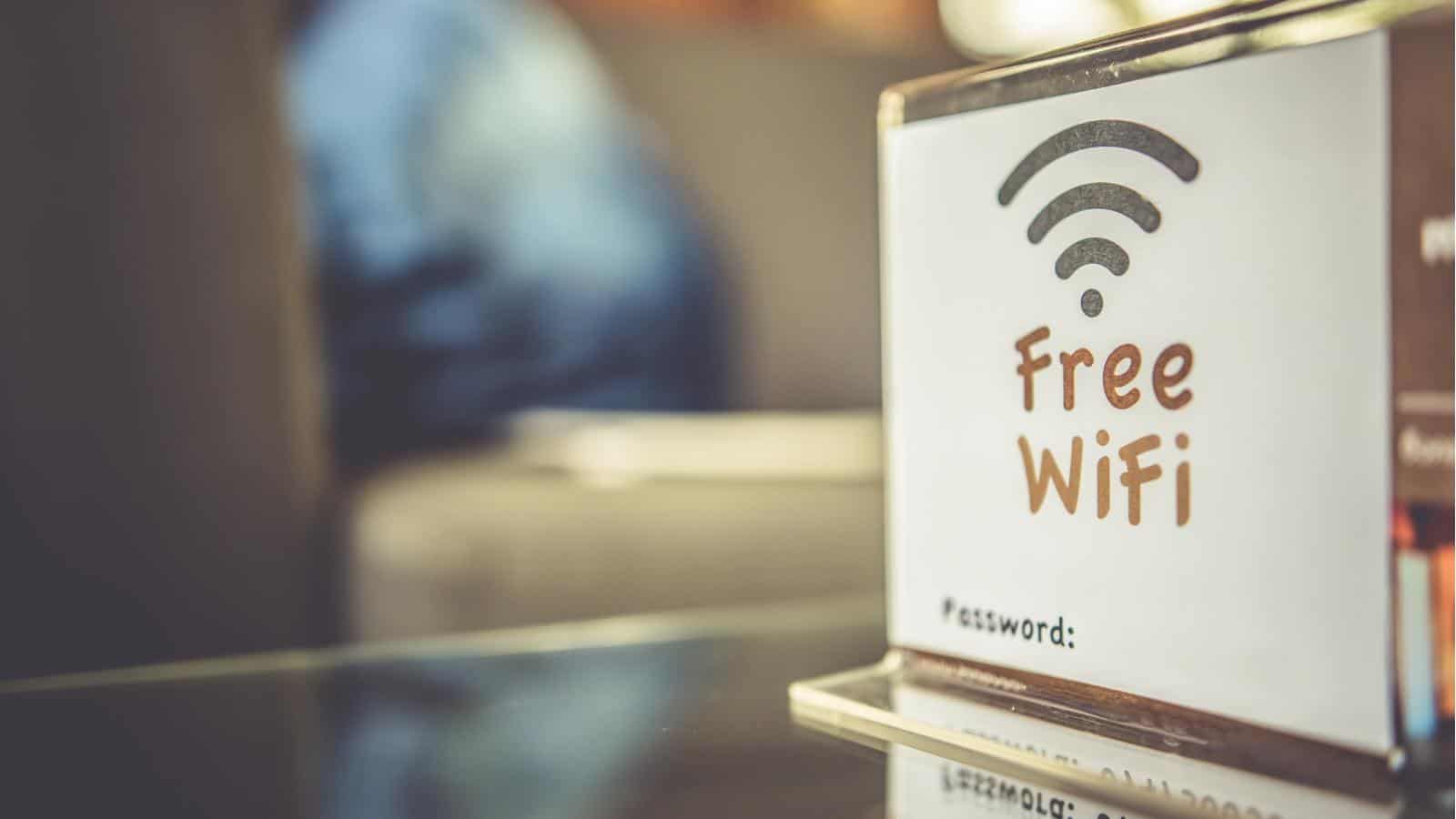
One of the most common symbols in everyday life is the Wi-Fi symbol, and with its radiating waves, it shows wireless internet access. Introduced in 1999, it means connecting to the internet without cables. Now, you see this sign everywhere, in public places, homes, and businesses, letting you know that wireless internet is available.
Dollar Sign
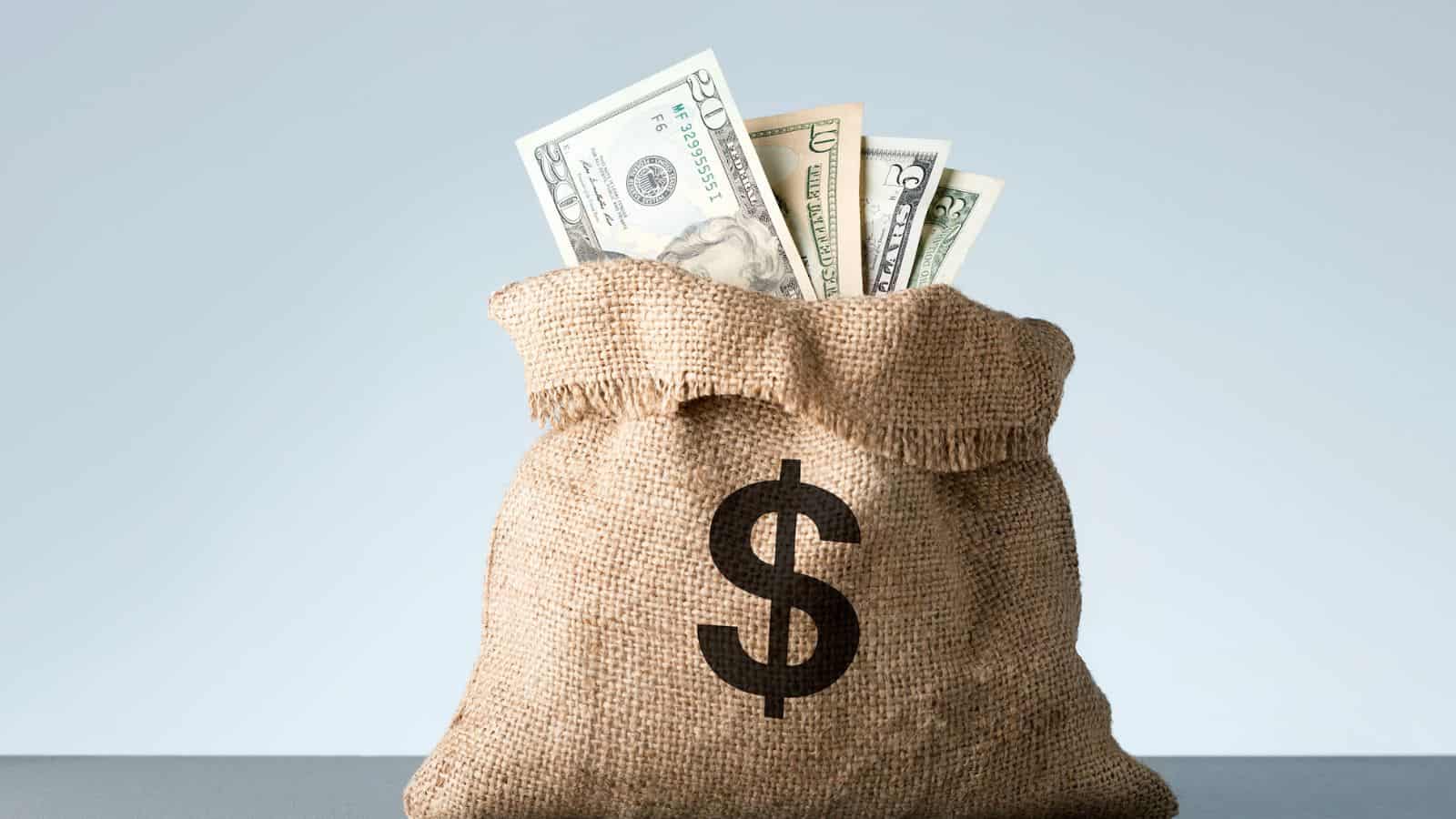
Did you know that the dollar sign ($) evolved from the Spanish peso abbreviation? In the 18th century, scribes wrote ‘P’ over ‘S,’ which eventually simplified to the familiar ‘$.’ It represents currency and financial transactions, prominently used in the U.S. and many other countries.
Smiley Face
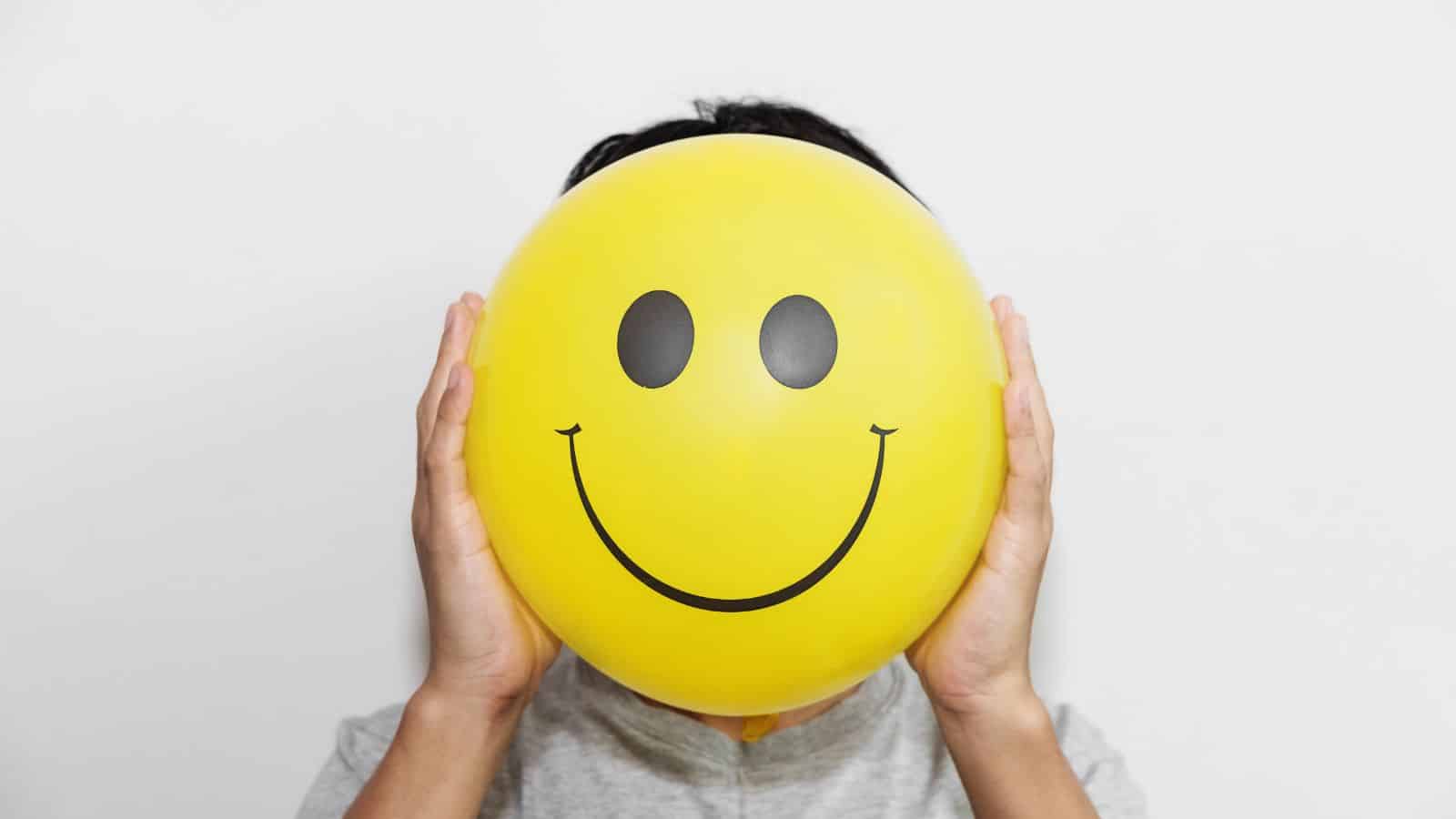
The smiley face, created by Harvey Ball in 1963, is something to cheer us all up. Originally intended to boost employee morale, it has come to represent happiness, friendliness, and positivity. This simple, cheerful symbol appears in various media, merchandise, and digital communication.
Anarchy Symbol
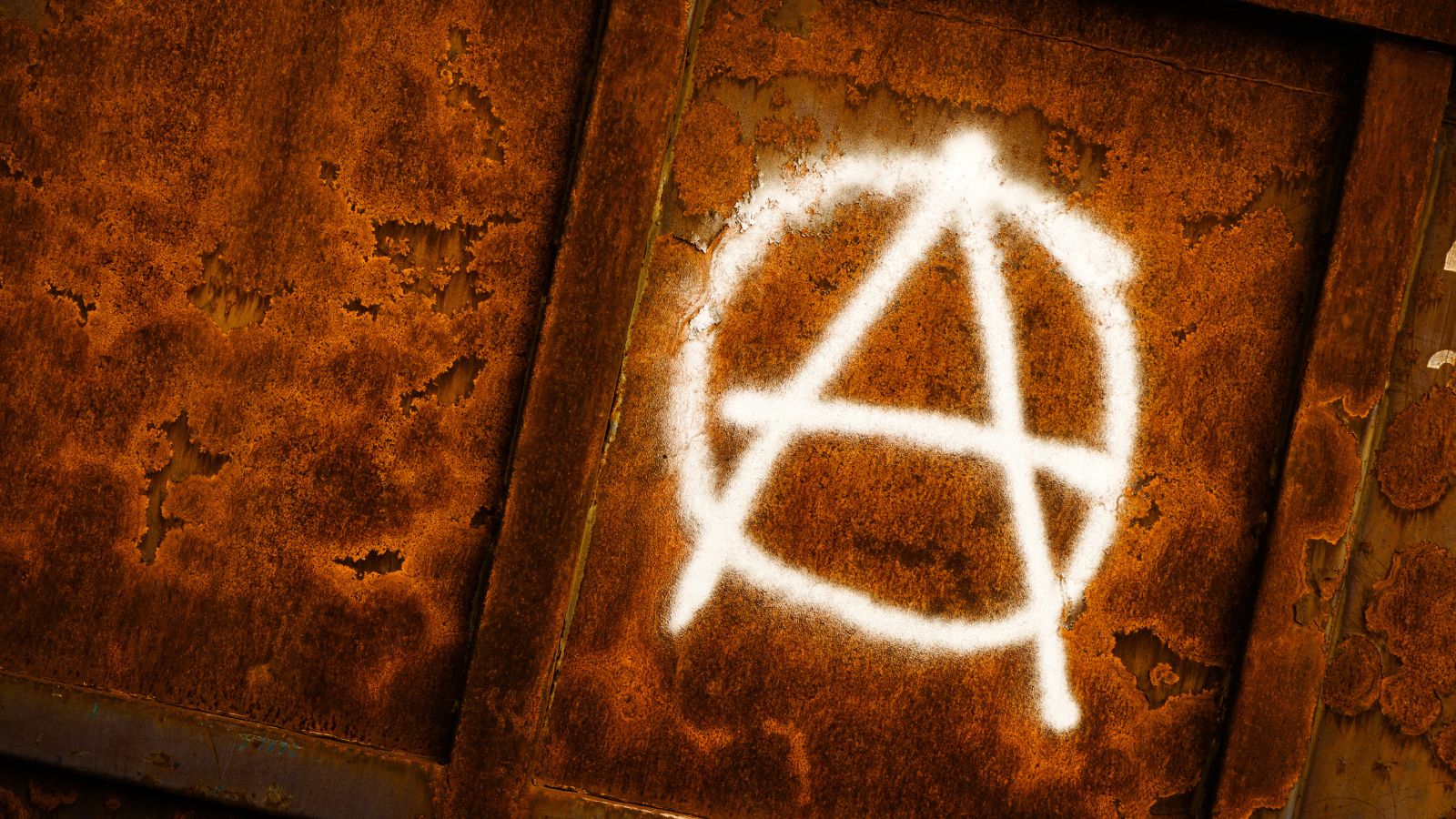
It turns out that the anarchy symbol, an ‘A’ within a circle, stands for anarchism and the desire for a society without hierarchical government structures. It gained prominence during the 20th century and is often associated with anti-establishment movements and punk culture.
At Symbol (@)
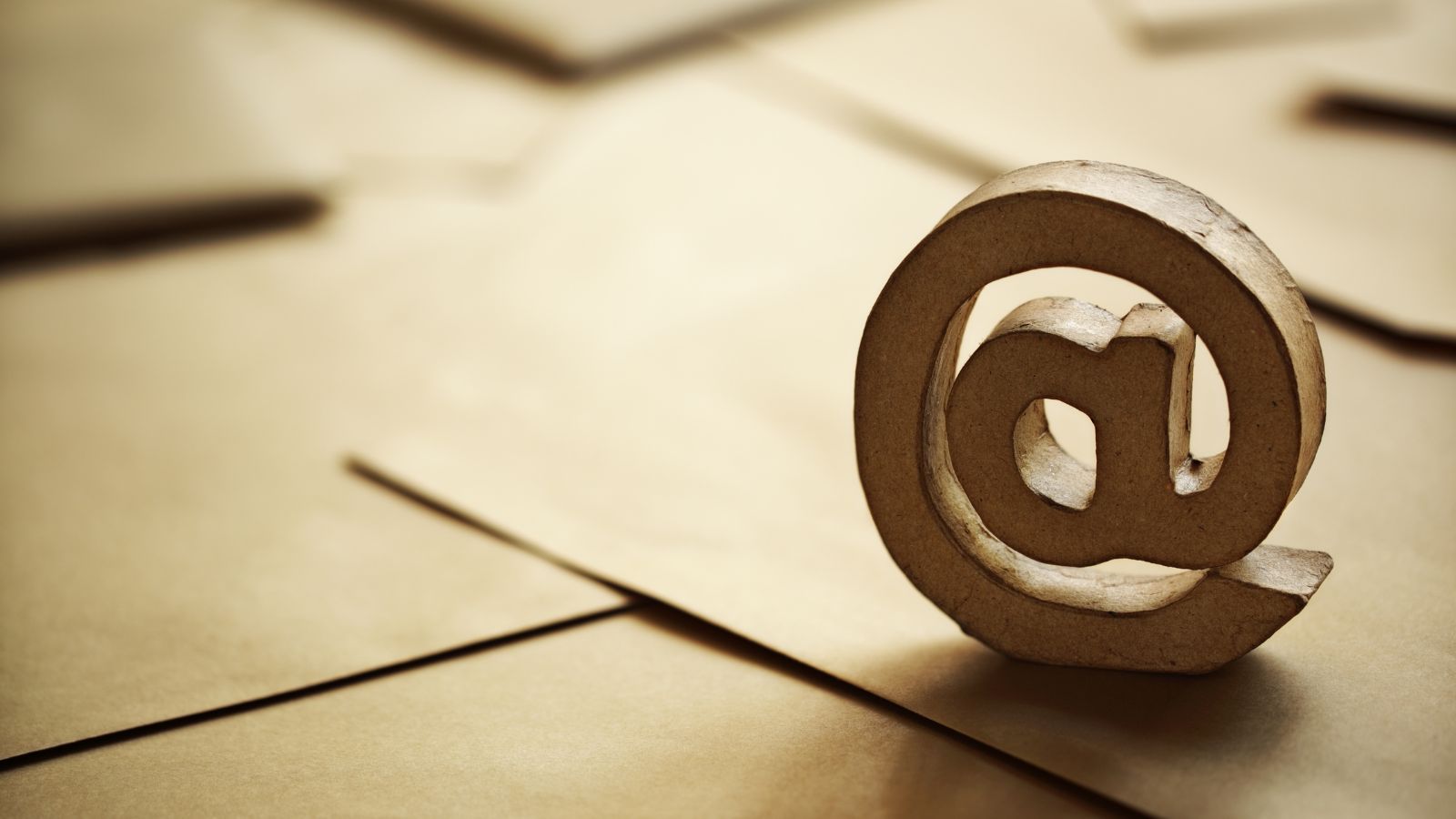
Initially used in accounting and commerce, the ‘@’ symbol has since gained new significance with the advent of email and is now very common. It separates the user’s name from the domain in an email address. It’s a crucial part of digital communication and social media handles today.
Red Cross

We’ve all seen the Red Cross symbol, a red cross on a white background, which represents humanitarian aid and emergency medical services. Established by the International Red Cross and Red Crescent Movement, it signifies neutrality and protection in conflict and disaster situations.
Pi Symbol (π)
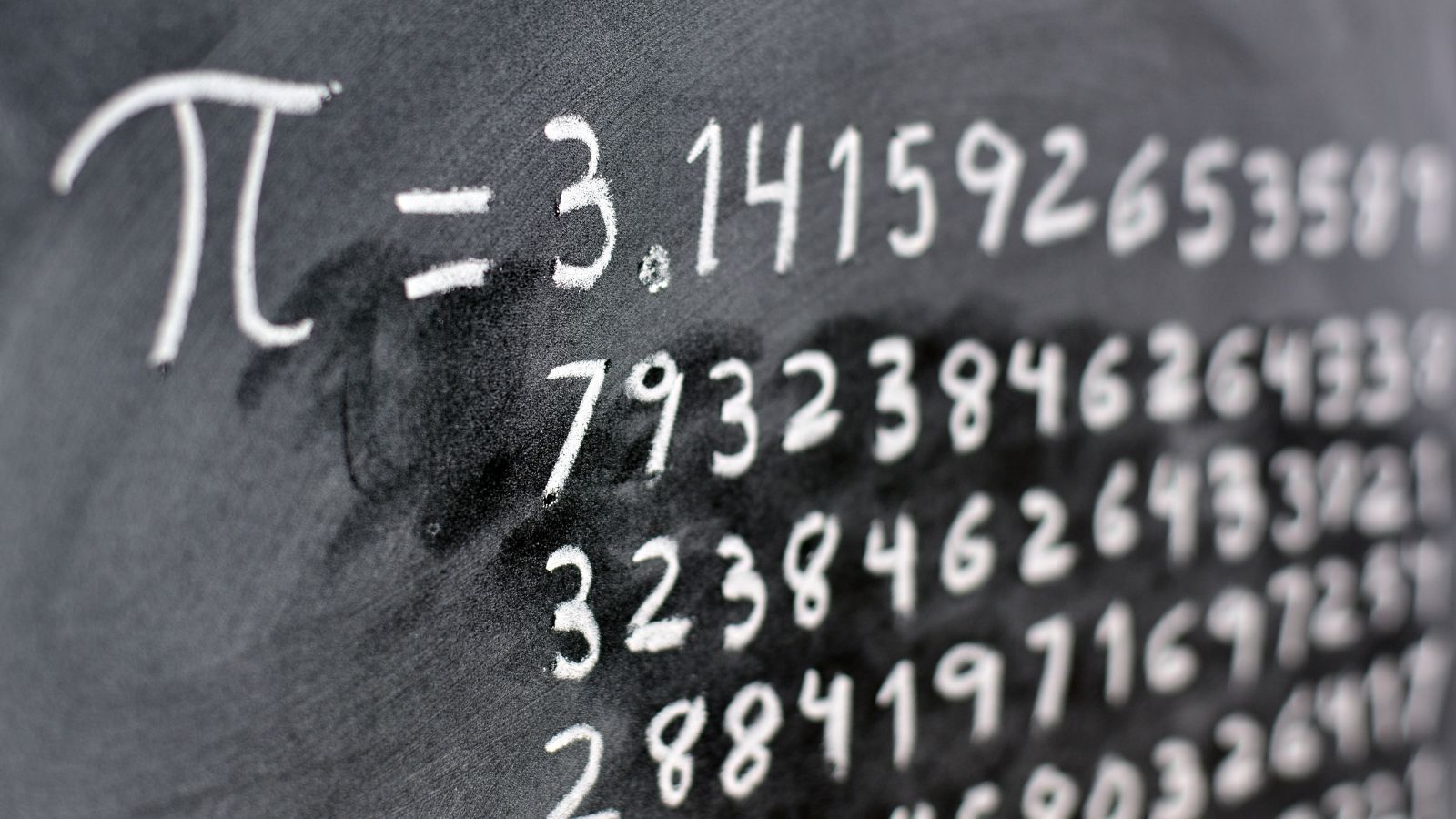
At some point in our educational lives, we’ve all come across the pi symbol (π), representing the mathematical constant, which is the ratio of a circle’s circumference to its diameter. Used since the 18th century, it is essential in mathematics and engineering. Pi’s infinite nature and mysterious decimal expansion fascinate both mathematicians and enthusiasts.
Star of David
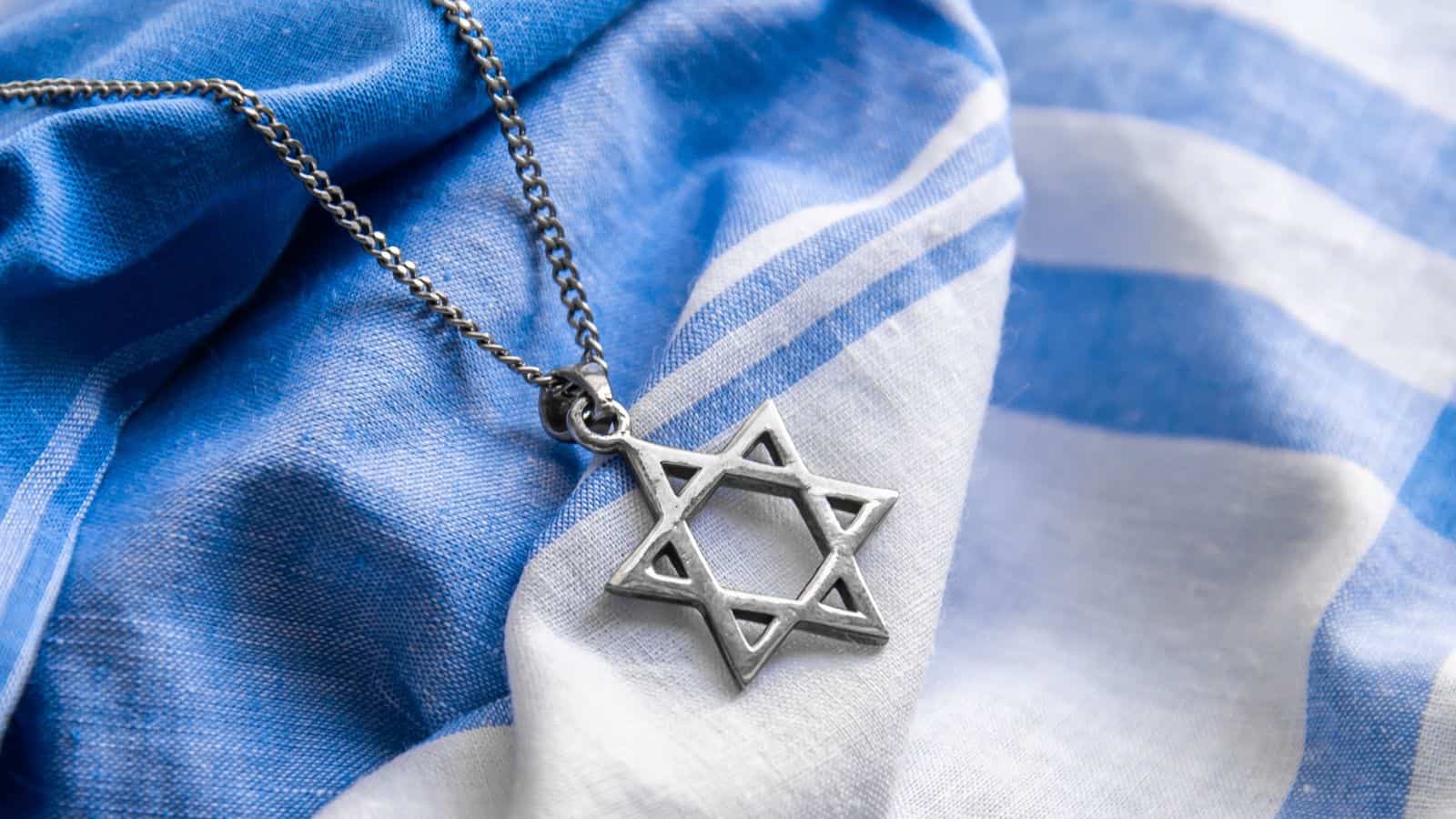
There’s a lot to learn about the Star of David, a six-pointed star that symbolizes Judaism and Jewish identity. Named after King David of ancient Israel, it gained widespread use in the 19th century. Today, it appears on the Israeli flag and in synagogues, representing faith and heritage.
LGBTQ+ Rainbow Flag
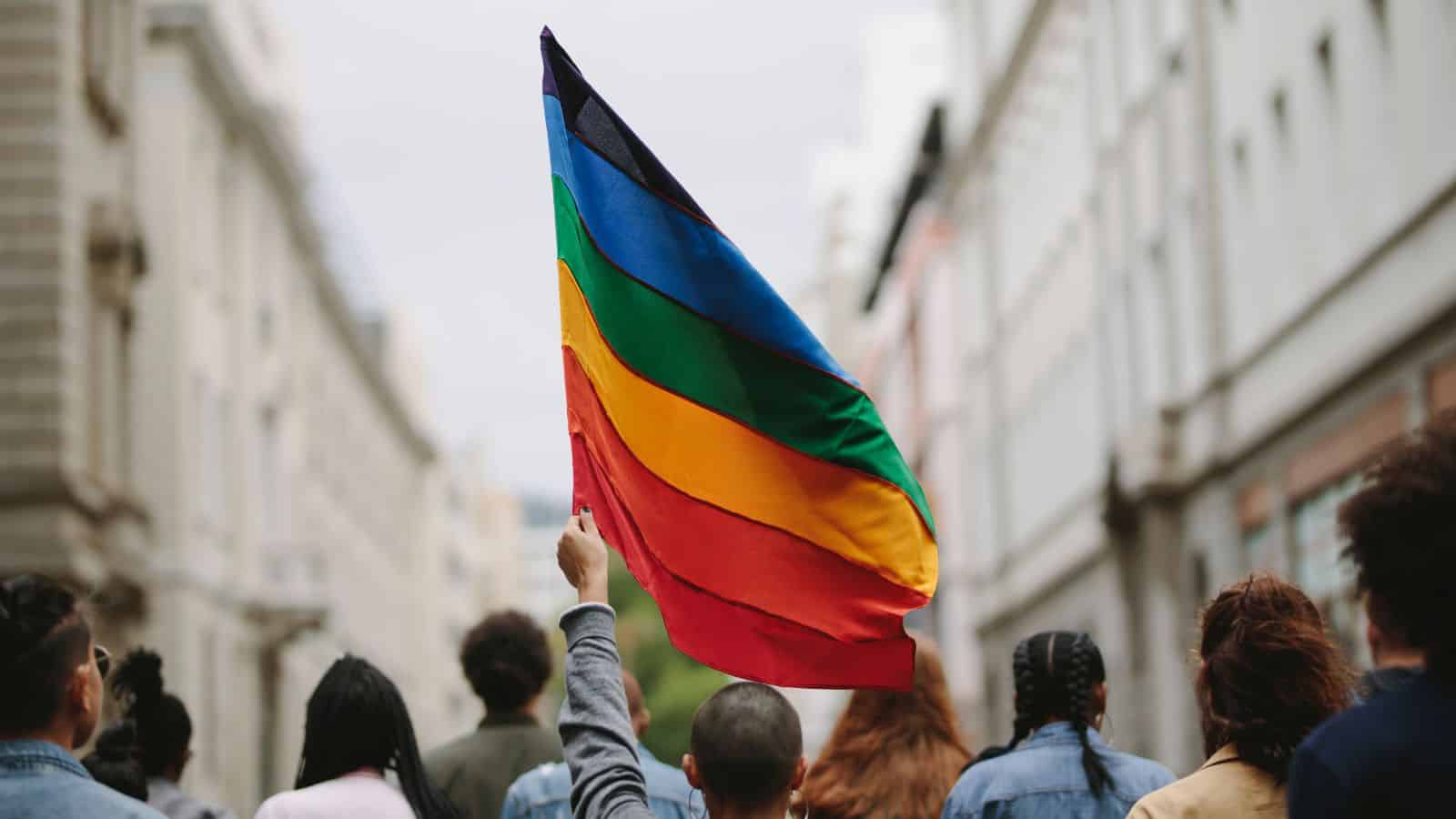
Recently becoming a common symbol in society, the LGBTQ+ rainbow flag, designed by Gilbert Baker in 1978, symbolizes diversity and pride within the LGBTQ+ community. Each color represents different aspects of the community, from life and healing to spirit and harmony. It’s a powerful emblem of inclusion and equal rights.
Hamsa Hand
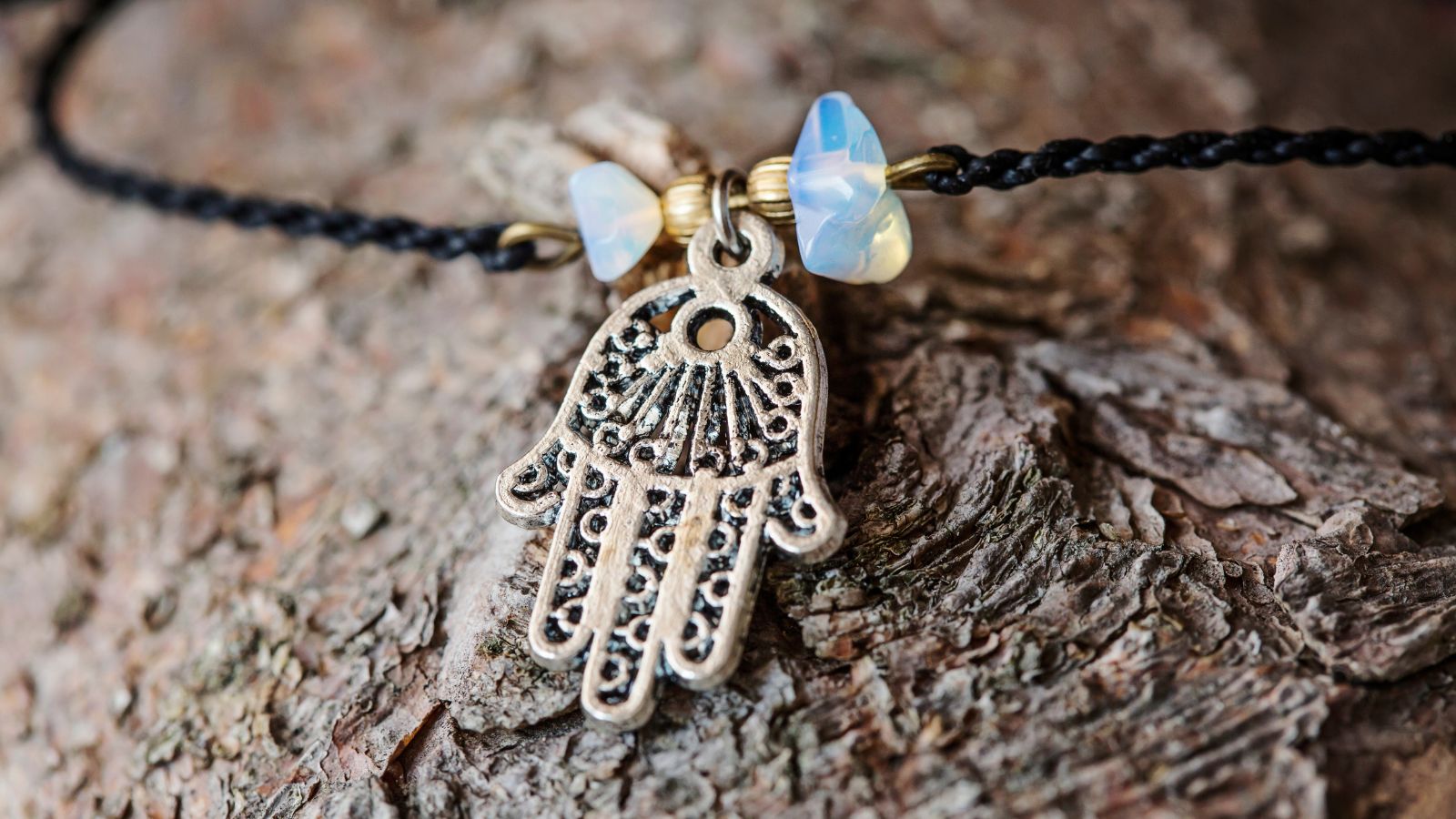
For spiritual people, the Hamsa Hand, a palm-shaped amulet popular in the Middle East and North Africa, symbolizes protection, blessings, and strength. It is often depicted with an eye in the center, believed to ward off the evil eye. The Hamsa is used in jewelry and art, transcending religious boundaries.
Up Next: 20 Seriously Stunning Natural Wonders Across America

Geological wonders, diverse ecosystems, and impressive waterfalls—the U.S. is home to a huge range of breathtaking landscapes and natural wonders across its many national parks and attractions. Head to these 20 locations for true natural beauty and never-ending adventure opportunities.
20 Seriously Stunning Natural Wonders Across America
17 Places That Undercover Cops Will Always Monitor

While it isn’t always obvious, undercover cops play a crucial role in maintaining public safety. They blend into the background in various locations, carefully observing and acting to prevent crime. In this article, we’ll reveal 17 places where you’re likely to find undercover cops—though you can bet you won’t see them!
17 Places That Undercover Cops Will Always Monitor
17 Things You’re Just Too Old To Be Doing Anymore

The older you get, the more fragile you are physically and mentally, so it’s important to prioritize your well-being every day. Whether you still feel young at 50 or are closer to 80, we’ve compiled 17 things you’re too old to be doing anymore.
